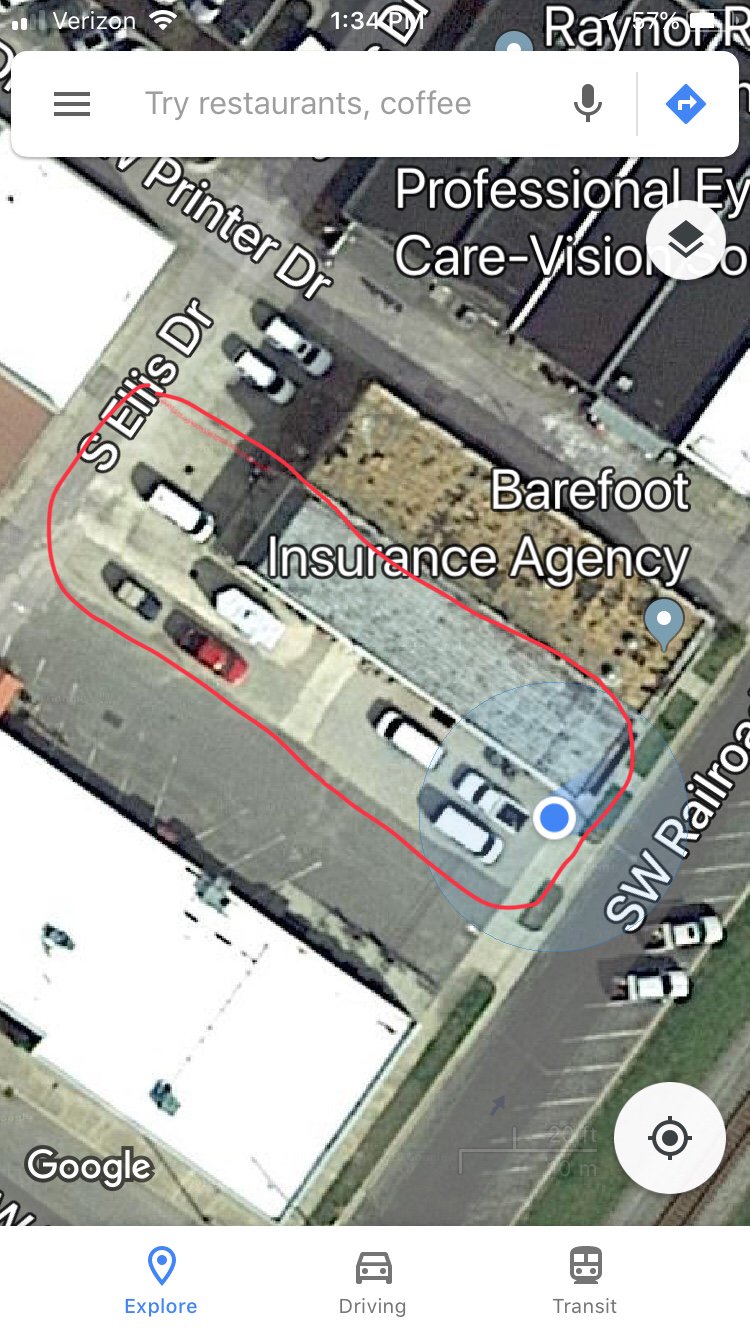RatLabGuy
You look like a monkey and smell like one too
- Joined
- May 18, 2005
- Location
- Churchville, MD
It would help tremendously to know what kind of flow rate and volume you need when you draw the water.
This makes all the difference in what kind of approach will work. Is it all 500 gallons taken out at once, or slowly over a whole work day?
This makes all the difference in what kind of approach will work. Is it all 500 gallons taken out at once, or slowly over a whole work day?



 and that was my thought exactly. Unless the water was somehow contaminated I would think you could just reuse it a few times. Maybe have a reclaim for tanks that only hold air and one for fire extinguishers?
and that was my thought exactly. Unless the water was somehow contaminated I would think you could just reuse it a few times. Maybe have a reclaim for tanks that only hold air and one for fire extinguishers?